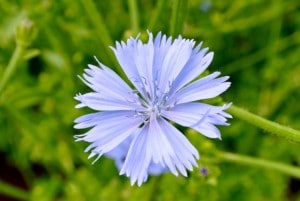The 2018 Rye Ramble – What is up with so-called Public Plant Breeding?
Why are public plant breeders releasing most of their breeding work privately, as patented or protected? Should we still call it public plant breeding?
In previous Rye Rambles, I have called out the bad behavior of corporate seed companies patenting seed and breeding hybrids with new techniques that make it nearly impossible to save seeds. This year I have been thinking about my friends in the public plant breeding sector, university plant breeders that have a long history of doing good work and fighting the good fight for the public. In recent years their situation has changed and become less public plant breeding and more privatized.
I get super excited when they release a new variety into the public domain. However, the reason I get excited is because it is now a rare event and these public plant breeders must fight and sacrifice for this privilege. University administrators have increasingly required the use of utility patents and Plant Variety Protection (PVP) for new releases, and/or they impose royalties and Material Transfer Agreements (MTAs). All of these tactics restrict their use. Here are a few related questions stuck in my craw.
• Why are the so-called “public” plant breeders releasing most of their breeding work privately, as patented or protected?
• Why are so-called “private” independent plant breeders releasing their varieties to the public domain?
• Should university plant breeders be called public breeders if and only if they release all their varieties to the public domain?
• Should we be called public plant breeders and they be called the private plant breeders?
Continue reading


